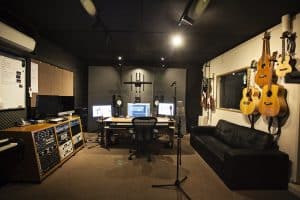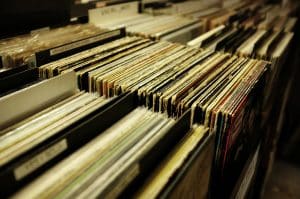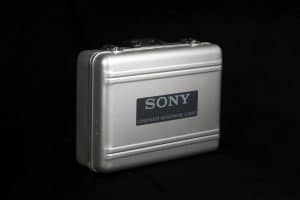Recording Studio Moroccan Music: From the ancient folk pieces of the Berber mountain communities, to the Arab-Andalusian music of the cities, to the roots-fusion that you’ll hear blaring from taxi radios and café ghetto blasters, music is the ultimate expression of Morocco’s culture.
Recording Studio: Berber Music
The Berber are the first known inhabitants of Africa’s north-western corner. Over centuries they
monopolised the Saharan trade in salt, gold and slaves and spread their culture throughout the region.There are three main categories of Berber music; village, ritual and professional music.
In a typical scene of village music-making, an entire community may gather in the open air to sing and dance in a large ring around an ensemble of drum (bendir) and flute (nair). The best-know dances are the ahouache and the ahidus. Over the past twenty years several masters of bumzdi and ahouache have become very well know nationwide.
Recording Studio: Berber ritual music often features drums and rhythmic handclapping. It is used in the rites of the agricultural calendar – such as moussems – as well as on occasions such as marriage. Ritual music is also performed to help deal with evil spirits.
In the Atlas Mountains professions troupes of musicians, called imdyazn, travel during summer and perform in village squares and at weekly souks. A leader improvises poems telling of current affairs. Drum, rabab and clarinet accompany the singer. The clarinettist also acts as the ensembles’ clown.
Recording Studio: Rwais
Rwais are Cheuh Berber musicians from the Sous valley who perform ancient musical theatre involving poetry, fine clothes, jewels and elaborate rwais. Groups consist of single-string rabab, one or two lotars (lutes), sometimes nakous (cymbals), and a number of singers. They play for every celebration and produce their own repertoire (again, commenting on current affairs) and improvisations. Female ensembles are called raysat.




